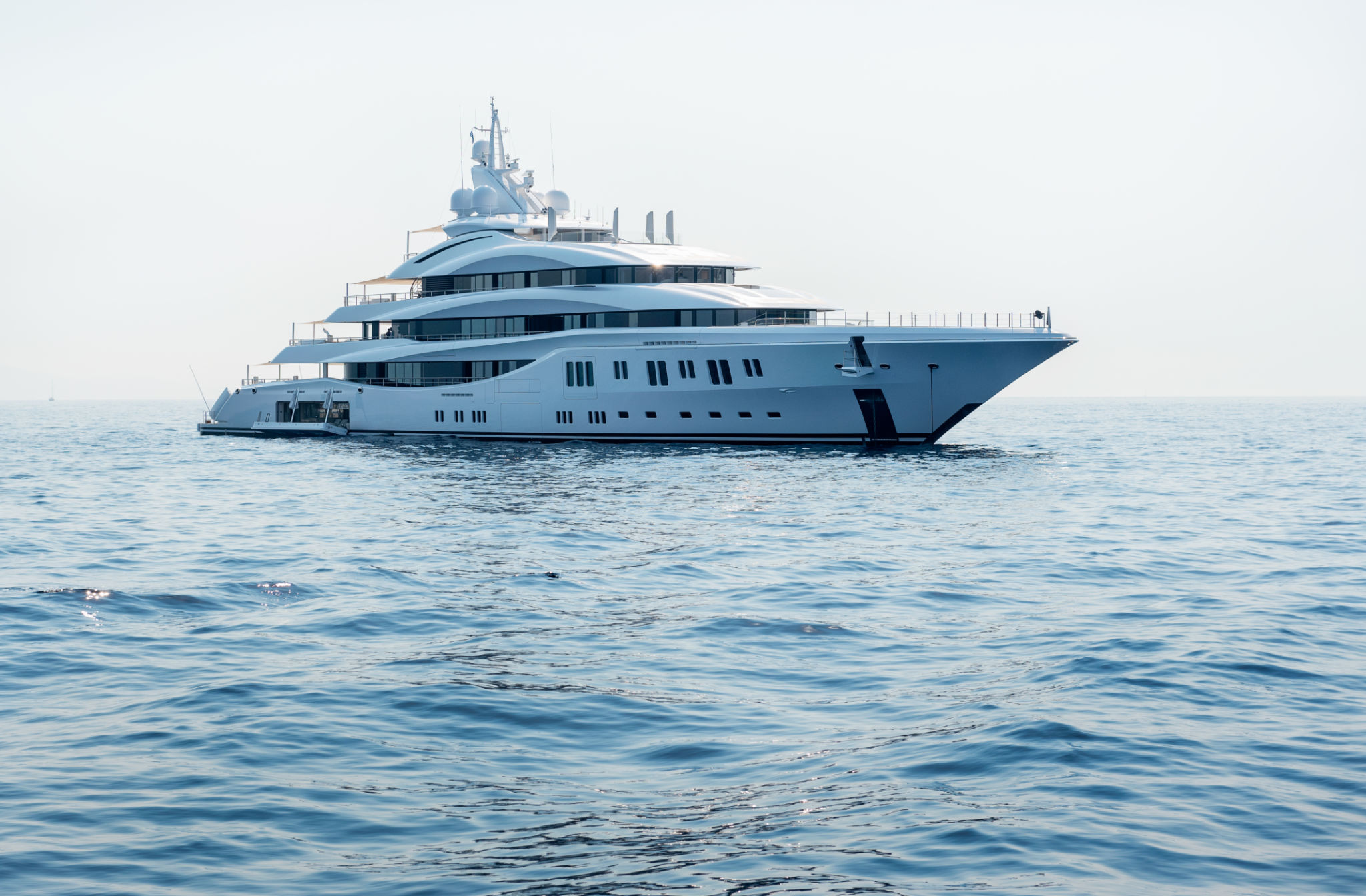Exploring the Role of Computational Fluid Dynamics in Luxury Yacht Performance
Understanding Computational Fluid Dynamics
In the world of luxury yacht design, achieving optimal performance and efficiency is paramount. One of the most cutting-edge tools utilized in this endeavor is Computational Fluid Dynamics (CFD). This advanced technology allows designers and engineers to simulate fluid flow around yacht structures to enhance speed, stability, and fuel efficiency. By analyzing how water and air interact with the yacht's hull, CFD provides invaluable insights that are not only theoretical but also practical in real-world applications.

The Importance of Aerodynamics and Hydrodynamics
For luxury yachts, both aerodynamics and hydrodynamics play a crucial role in performance. Aerodynamics involves the study of how air flows over the yacht's surface, while hydrodynamics focuses on water flow around the hull. Through CFD, designers can experiment with various shapes and configurations to minimize drag and maximize propulsion efficiency. This meticulous analysis leads to yachts that cut through water with ease and stability, offering a smoother and more enjoyable ride for passengers.
Furthermore, CFD allows for the optimization of sails and rigging systems in sailing yachts. By simulating wind conditions, engineers can fine-tune these components to achieve better speed and handling. This not only enhances performance but also ensures safety and reliability during voyages.
Enhancing Design Innovation
One of the most significant benefits of CFD in luxury yacht performance is its ability to foster design innovation. Traditional methods of testing yacht designs often involve costly and time-consuming physical prototypes. CFD eliminates much of this expense by allowing virtual testing and iteration. Designers can explore unconventional hull shapes and configurations without the risk of costly failures.

Moreover, CFD contributes to sustainable yacht design. By optimizing fuel efficiency, it aids in reducing the carbon footprint of these opulent vessels. As environmental concerns become increasingly important, incorporating sustainable practices in luxury yacht design is essential for both manufacturers and discerning buyers.
Real-World Applications
Several high-profile yacht manufacturers have already adopted CFD in their design processes with remarkable results. For instance, leading brands have reported significant improvements in speed and fuel efficiency after integrating CFD analysis into their workflow. These advancements not only enhance the yachts' appeal but also provide a competitive edge in the luxury market.
Additionally, custom yacht builders benefit from CFD by tailoring designs to individual client preferences. Whether optimizing performance for competitive racing or ensuring maximum comfort for leisurely cruising, CFD provides bespoke solutions that cater to specific needs and desires.

The Future of Yacht Design
As technology continues to evolve, the role of Computational Fluid Dynamics in luxury yacht performance is expected to grow even more significant. With advancements in computing power and simulation techniques, future yachts will likely see even greater improvements in performance metrics. This will not only redefine what's possible in yacht design but also set new standards for luxury and efficiency on the high seas.
Ultimately, the integration of CFD into yacht design signifies a fusion of art and science that propels innovation forward. As designers continue to push boundaries, the future of luxury yachting promises not only breathtaking aesthetics but also unparalleled performance capabilities.